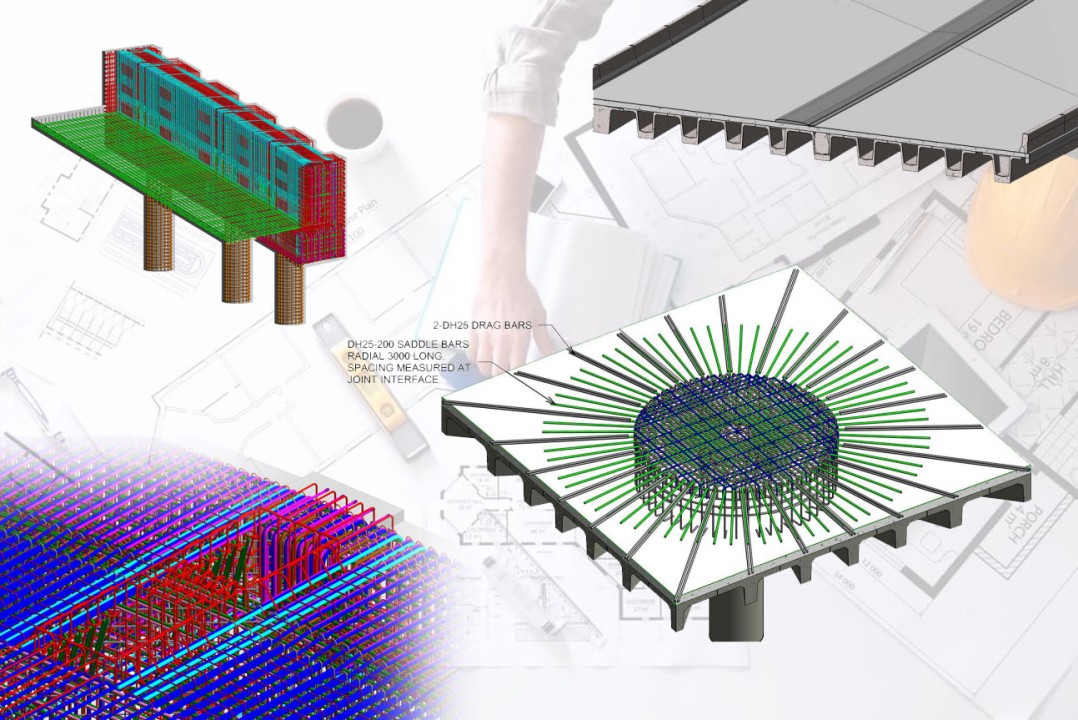Steel detailing is the backbone of any successful construction project. It is a critical process that involves the generation of detailed drawings and plans for steel fabricators and erectors. These comprehensive diagrams offer a thorough guide of every component employed during construction, from beams and columns to braces and bolts. Moreover, seamless detailing significantly contributes to the accuracy and efficiency of the entire project, ensuring that the final structure stands both safe and strong. Understanding this, let’s delve into the best practices for mastering steel detailing.
Adherence to Industry Standards
The industry standards and codes govern various aspects of detailing, such as design principles, material specifications, and workmanship. Respecting these benchmarks is instrumental in maintaining detailing accuracy.
Importance of Industry Standards
The American Institute of Steel Construction, European Committee for Standardization, and other renowned bodies have set specific standards. Adherence to these can avoid unnecessary corrections and rework, thus sustaining project efficiency.
Use of Advanced Software
In today’s digital age, various software platforms facilitate accurate and efficient detailing. They provide precise measurements and also anticipate possible challenges in construction.
Role of Technology in Detailing
Software like Tekla Structures, AutoCAD, Autodesk Revit, and more can significantly enhance the detailing precision. They also streamline collaboration between different project teams, enhancing overall workflow efficiency.
Regular Training and Updations
Expertise in steel detailing isn’t an acquired skill; it demands continuous learning and staying updated with the latest industry trends and technologies.
Ongoing Professional Development
Participating in regular training programs can help professionals understand the nuances of detailed steel drawings. Simultaneously, awareness and adaptability to the latest tools, technologies, or industry practices can further drive detailing accuracy and efficiency.
Utilizing steel detailing services, these approaches can be further optimized. Such services not only bring professional experts to work on your project, but they also integrate the latest practices and technologies into their frameworks, ensuring a higher degree of detailing accuracy and overall project efficiency.
Coordination with Professionals
Effective communication and coordination with all project stakeholders, from architects to engineers, can play a crucial role in ensuring detailing accuracy. Clear, concise, and consistent coordination aids in creating a mutual understanding among all involved parties about every minute detail of the project. Proper instructions, clearly defined roles, and responsibilities further ensure that everyone is on the same page. Quick resolution of conflicts and seamless integration of all processes are some of the advantages of good coordination. Essentially, it fosters an environment that encourages taking collective responsibility for accuracy in detailing, promoting better understanding, fewer errors, faster decision-making, and overall project efficiency. Therefore, it is vital to ensure effective communication channels among all professionals involved in a project.
Impact of Collaboration
Coordinating with different professionals, understanding their inputs and following the illustrations accurately can minimize errors and facilitate effective problem resolution, thus promoting efficiency.
Quality Control and Assurance
The implementation of stringent quality control measures is a must to ensure the highest levels of detailing accuracy. Quality control encompasses rigorous checking of the detailing plans at different stages for any discrepancies or errors. This systematic process can help scrutinize the drawings for alignment with industry standards, and detect any potential mistakes. As a result, it guarantees that the final detail drawings are error-free, ensuring the highest levels of accuracy and smooth execution of the project.
Role of Quality Checks
Regular inspections, checks, and auditing at each detailing stage can be extremely helpful in maintaining accuracy as they can identify and rectify errors at the earliest. This proactive approach can significantly save time and costs, leading to overall project efficiency.
In the realm of construction, detailing accuracy isn’t a choice but a requirement. Taking advantage of professional structural design services can provide an excellent balance between accuracy and efficiency, leading to successful project execution.
Conclusion
Mastering steel detailing is all about paying attention to detail while utilizing the latest technologies and software. Industry-standard adherence, use of advanced software, regular training, coordination with professionals, and stringent quality control form the stepping stones to mastering this critical process. By weaving together these best practices, we can undoubtedly ensure steel detailing that’s accurate and efficient, ultimately leading to successful, cost-effective construction projects.
